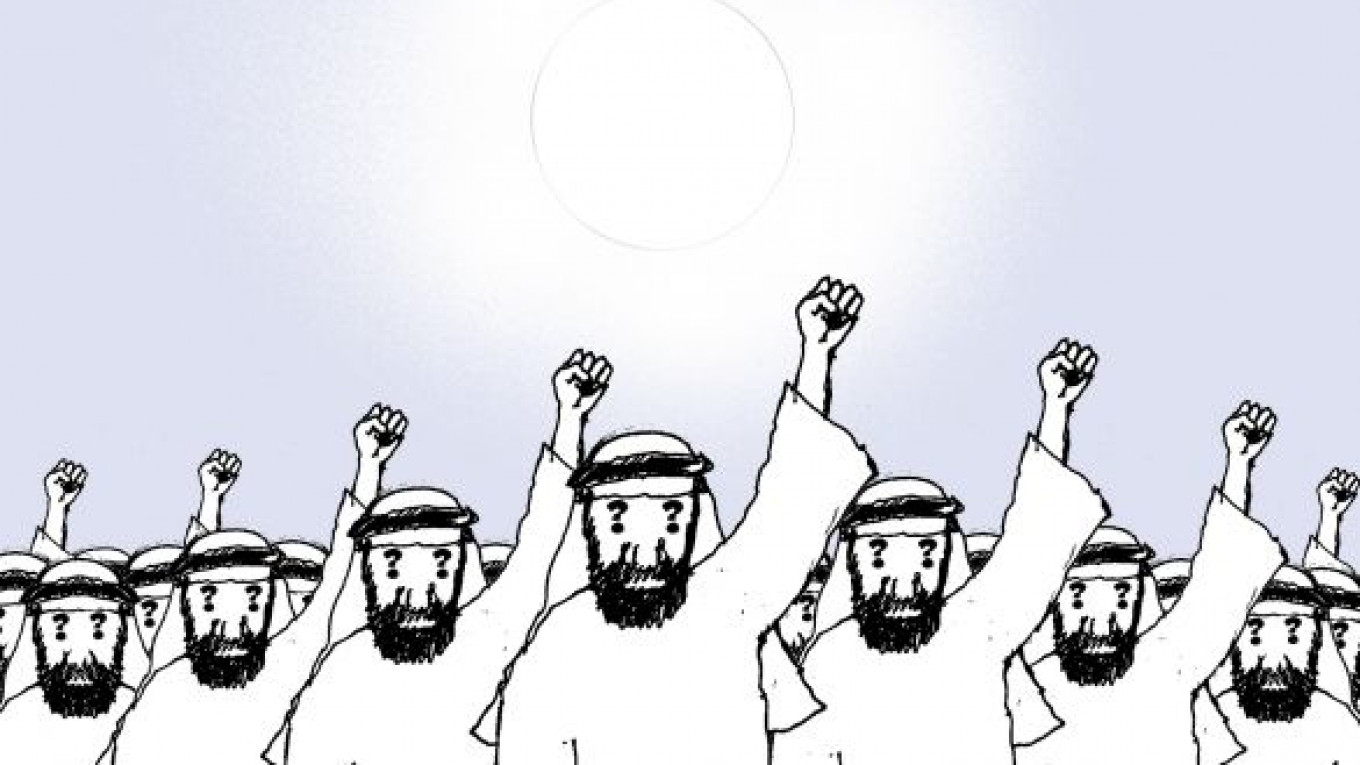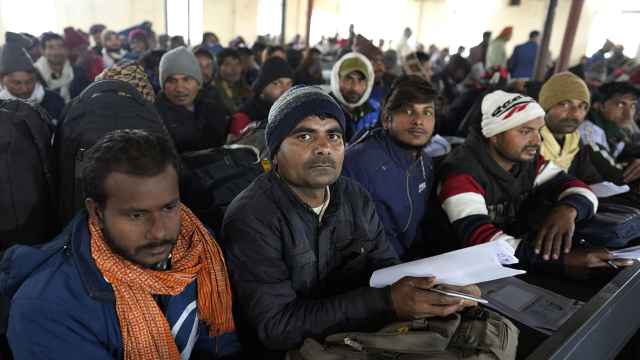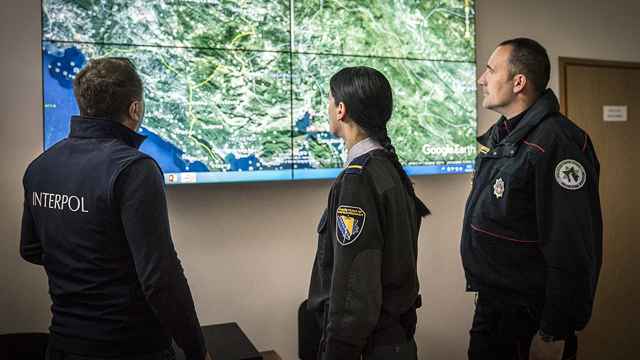A prediction three months ago that popular protests would soon topple a dictatorship in Tunisia, sweep Egyptian President Hosni Mubarak from power, provoke civil war in Libya and rattle regimes from Morocco to Yemen would have drawn serious skepticism. We knew that the tinder was dry, but we could never know how or when, exactly, it would combust. Now that it has, how far can the flames spread?
Some commentators have taken to calling this moment the Arab Spring, an awakening that might permanently cripple autocracy in the Middle East. The contagion effect seems clear. Countries across the region have large numbers of young people and too few jobs. Food prices are rising. Corruption fuels anger.
But authoritarian regimes, with their survival at stake, are good at spotting threats in the neighborhood and adapting to meet them. Although satellite television, cellular phones and online social networking can force some authoritarians to become more responsive to popular demands, governments can also use these technologies to identify and isolate threats, monitor communications among activists and transmit messages of their own. Or, when necessary, they can simply turn them off.
More to the point, the protests now roiling the Arab world have little to do with the Prague Spring of 1968 or the revolutions that swept through Eastern Europe in 1989. Unlike Cold War-era East Germans, Czechs and Poles, protesters in today’s Middle East are not unified by opposition to foreign control. To be sure, many Arab young people blame the United States for bolstering the local dictator, but their resentment doesn’t begin to compare with anti-Soviet attitudes in the Warsaw Pact. Arab youth have no Soviet Union to cast off and no Europe to join.
Instead, today’s Middle East is most usefully compared to the increasingly restive former Soviet republics of a few years ago. In 2003, a Rose Revolution in Georgia elevated a younger generation led by a president without ties to Soviet communism. Mikhail Saakashvili remains in power, although a five-day war with Russia in 2008 sharply limited Georgia’s ability to influence events beyond its borders.
In Ukraine, the Orange Revolution in 2004 overturned the results of a rigged election, sidelining Viktor Yanukovych in favor of Viktor Yushchenko. But in 2010, with Yushchenko’s popularity at an all-time low, Yanukovych won a vote that international observers pronounced free and fair.
In Kyrgyzstan in 2005, the Tulip Revolution forced the ouster of Askar Akayev. Hastily held elections lifted Kurmanbek Bakiyev to the presidency. Yet, in 2010, a new round of protests forced Bakiyev from power.
As in the Middle East, each of these upheavals reflected the willingness of many people to risk their lives and livelihoods to topple a corrupt government that could or would not generate opportunity and prosperity for them. All three arrived like bolts from the blue. So far, their main lasting effect has been to frighten neighboring autocrats into action.
Governments in Armenia, Azerbaijan, Belarus and Uzbekistan have infiltrated and undermined the scarce and fragile elements of civil society, such as nongovermental organizations, that exist in the country. They kicked out Western observers and aid workers and leaned on local courts to guarantee favorable election-related rulings. Uzbekistan, in particular, has proved its willingness to brutalize protesters. The wealthiest of the post-Soviet states, Russia and Kazakhstan, took similar pre-emptive steps against instability that never came.
As in Georgia and Ukraine, Tunisia and Egypt will have new governments to grapple with old problems. Other Arab regimes are now spending their way back to stability with money that most former Soviet states didn’t have. Some have enough cash for new subsidies and direct handouts, as well as to pay their military and security forces more and reinforce their tools and methods of crowd control.
Threats to the wealthier Persian Gulf states, in particular, are exaggerated. Bahrain, the world’s only Shiite-majority country governed by a Sunni monarch, remains on edge. But the king of Bahrain can continue to count on help from his deep-pocketed friends in Saudi Arabia. There is even less risk in Saudi Arabia itself, where King Abdullah recently promised more than $130 billion in stimulus spending. The few Saudi demonstrations appear populated almost entirely by minority Shiite, who find little sympathy among majority Sunnis, and by foreign construction workers petitioning for higher wages and better working conditions.
Syria’s President Bashar al-Assad has more domestic support than recent media accounts of unrest in the country’s south suggest. Nor does Iran’s government appear to face real danger. The brutal crackdown on post-election protests in 2009 demonstrated the regime’s determination to maintain order by any means necessary. For the moment, most of Iran’s opposition will continue to try to change the country from within the limits of the current system. In the Middle East, only in Yemen is unrest likely to bring about another regime change.
Outside of Libya, where violent stalemate could continue for some time, embattled North African regimes also will muddle through. Protests in Morocco have not cut into King Mohammad’s broad popular support. In Algeria, demonstrations have lost momentum, and President Abdelaziz Bouteflika can rely on his military to keep diehard activists in check.
The Arab Spring has upended assumptions about popular patience in the region. A new chapter has begun. But we must never overestimate the ability of new governments to solve old problems — or underestimate the ingenuity and brutality of the old regimes.
Ian Bremmer is president of Eurasia Group and author of “The End of the Free Market: Who Wins the War Between States and Corporations?” © Project Syndicate
A Message from The Moscow Times:
Dear readers,
We are facing unprecedented challenges. Russia's Prosecutor General's Office has designated The Moscow Times as an "undesirable" organization, criminalizing our work and putting our staff at risk of prosecution. This follows our earlier unjust labeling as a "foreign agent."
These actions are direct attempts to silence independent journalism in Russia. The authorities claim our work "discredits the decisions of the Russian leadership." We see things differently: we strive to provide accurate, unbiased reporting on Russia.
We, the journalists of The Moscow Times, refuse to be silenced. But to continue our work, we need your help.
Your support, no matter how small, makes a world of difference. If you can, please support us monthly starting from just $2. It's quick to set up, and every contribution makes a significant impact.
By supporting The Moscow Times, you're defending open, independent journalism in the face of repression. Thank you for standing with us.
Remind me later.






